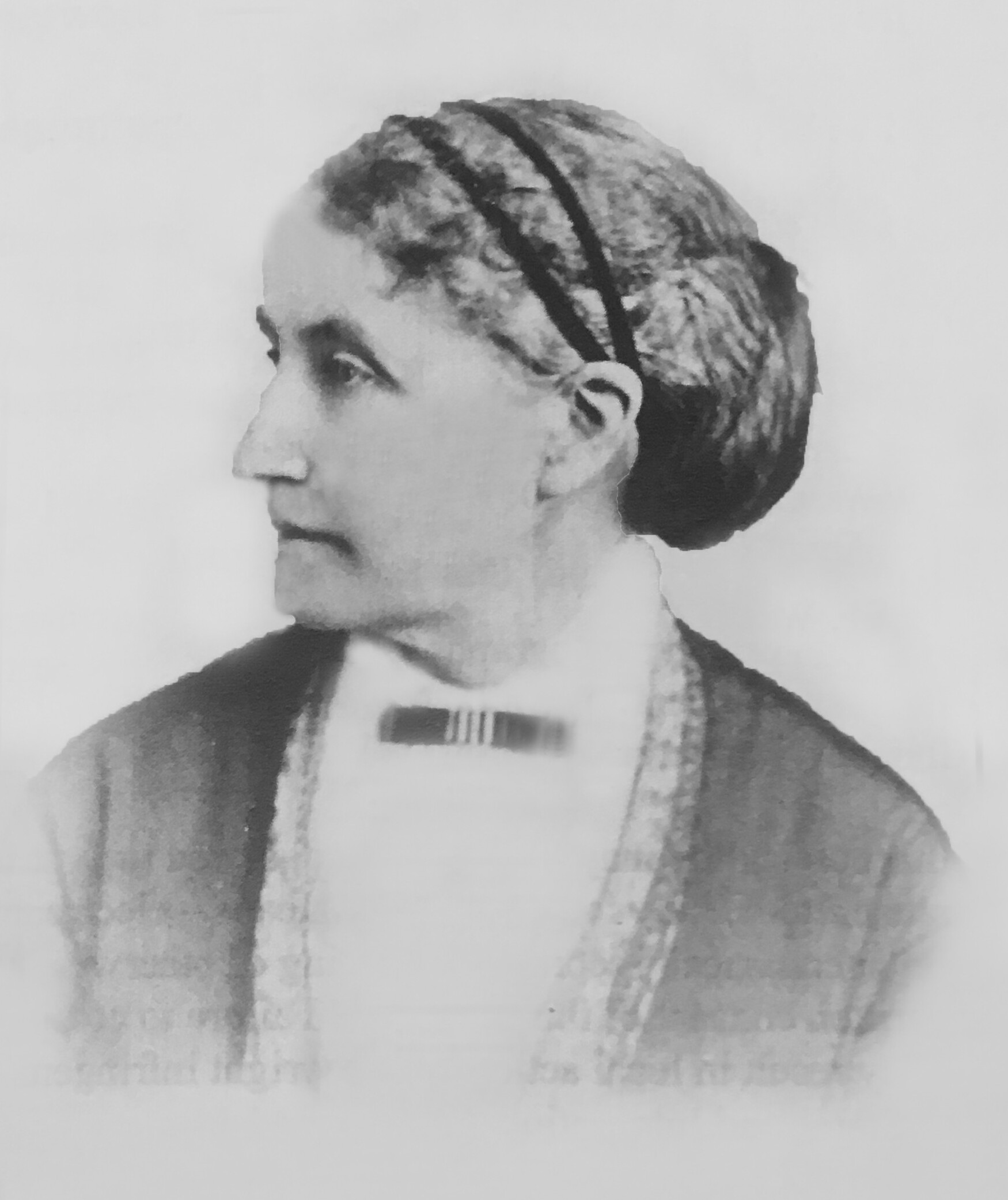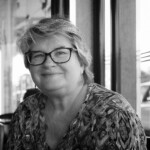Most secondary sources on the campaigns of the Women’s Christian Temperance Union of New Zealand (WCTU NZ), which led campaigns in New Zealand both for restricting the sale of alcohol and for women’s right to vote, emphasise the connection with Non-Conformist churches in the 1880s and 1890s. Consequently, the role of the local Church of England Temperance Societies and Anglican activists have been overlooked. Mary Clement Leavitt brought the constitution of the U.S. Woman’s Christian Temperance Union with her as she organised the New Zealand chapters in 1885. The local branches that took up the challenge of leadership in an all-woman organisation, learning about public speaking skills and championing political reform, most often found their home bases in Methodist, Congregationalist or Presbyterian congregations. However, members of the Church of England were already participating in local movements of the Gospel Temperance or Blue Ribbon Army also. Consequently, Anglican women (both Pākehā and Māori) felt emboldened to move beyond Victorian social norms of submissiveness in piety to take on tasks with the WCTU NZ in community organising for suffrage and women’s rights in the settler government.
It is clear that some Anglicans were engaged with the work of the WCTU from the time of Leavitt’s tour in New Zealand. In a letter to Hannah Whitall Smith, co-founder of the WCTU and part of the Holiness Movement, Leavitt praised the work of Rev. Joseph S. Hill. Rev. Hill had come to New Zealand in 1879 to work with the Church Missionary Society, but he ended up working in Auckland to serve as chaplain to the Gaol. As president of the Auckland YMCA, he was able to offer a welcoming site for Leavitt’s work in organising the Auckland WCTU NZ. While most of the venues for Leavitt’s speeches were in Non-Conformist churches or in town halls, the Anglican Church of St. Paul’s in Papanui, a village to the northwest of Christchurch, hosted an event for her. At least three daughters of William G. Filleul, a lay leader in the Anglican Church of Oamaru, worked to keep the fledgling WCTU NZ chapter there going. More detailed work can be done on the home congregations of the women-led groups moving out of the pious and domestic roles expected of them and into the public-facing reform movements of New Zealand.

